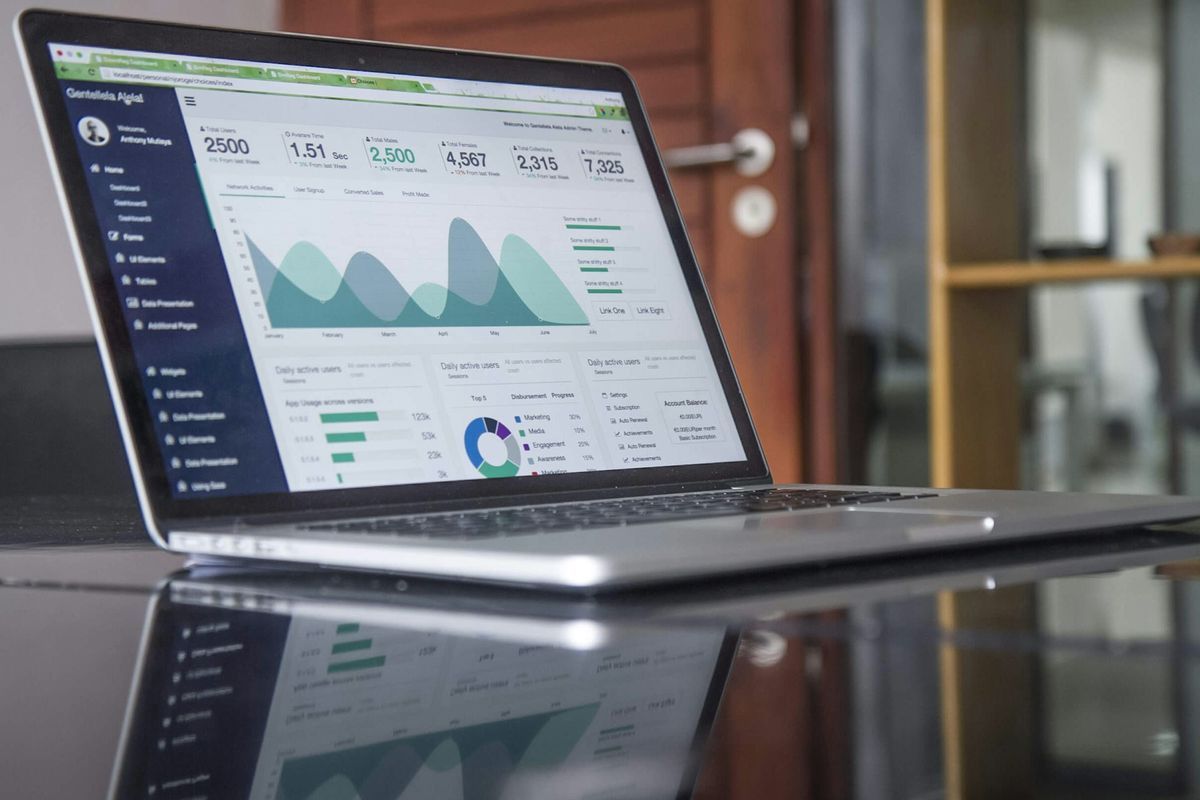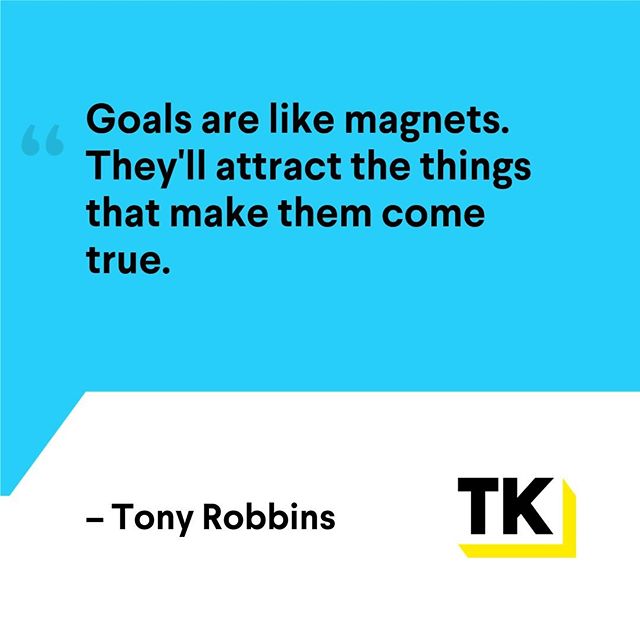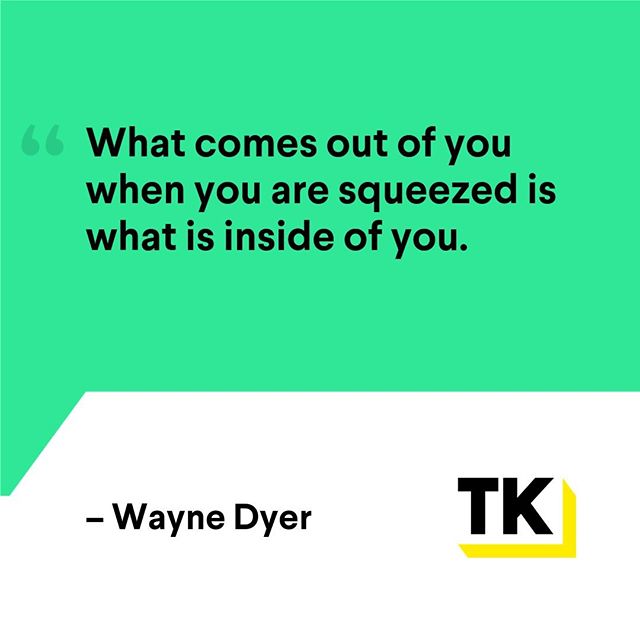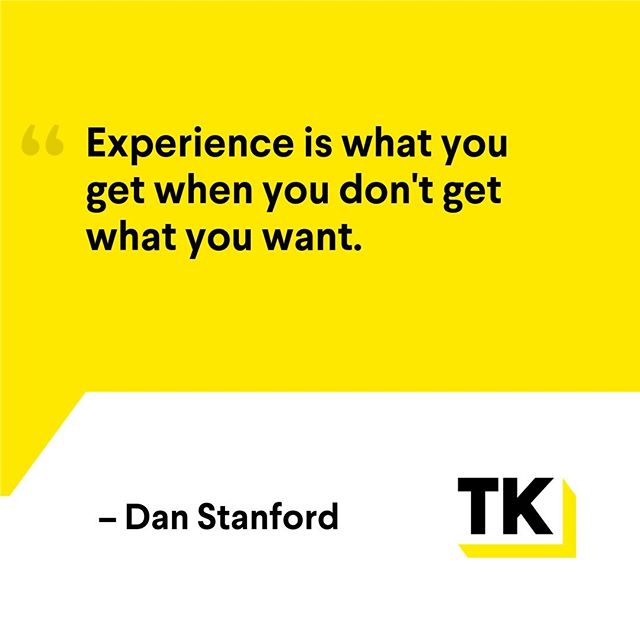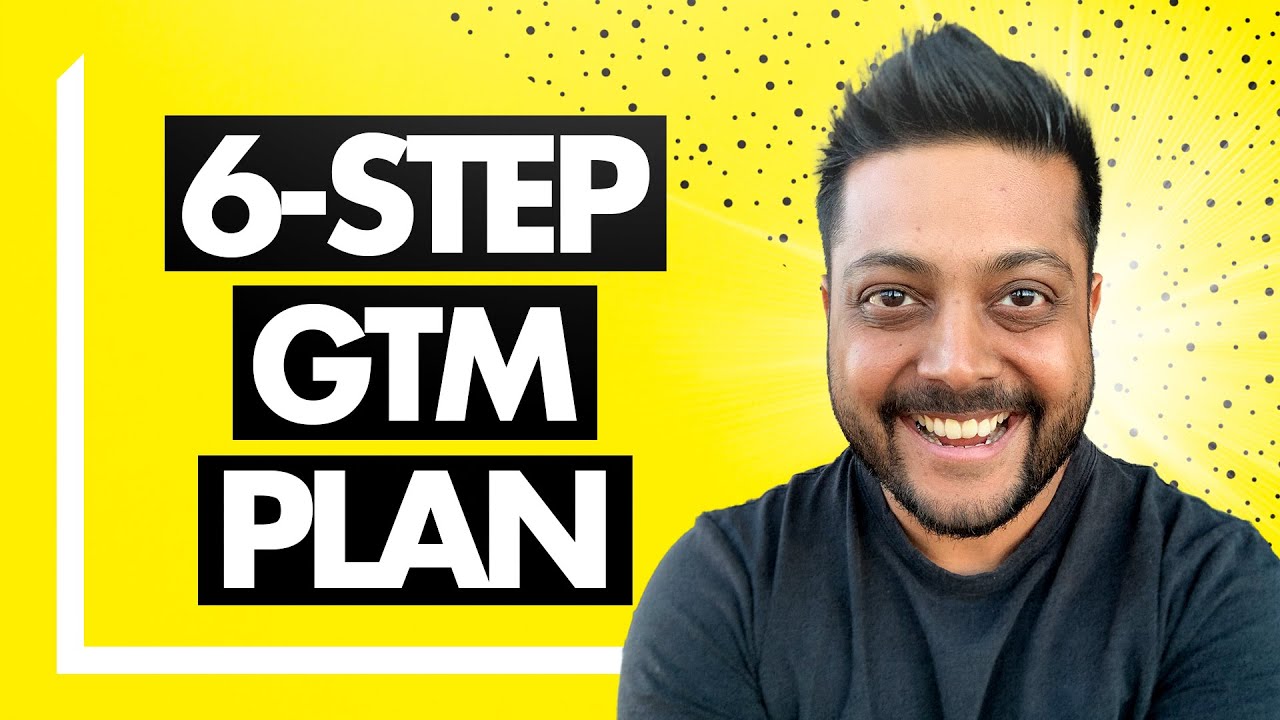Product-led Growth (PLG) is trending in the SaaS industry right now, but it can also be quite perplexing for many to fully understand what it is.
As a SaaS Founder and operator, I’ve navigated both self-service and sales-driven models. In my previous company, ToutApp, we amassed 100K ideal customers to our platform through product-led growth. Subsequently, we grew revenues on the backend with our Inside Sales team, propelling us to become one of the leading Sales Engagement platforms of its era.
That being said, I’ve witnessed the efficacy of employing product-led growth to boost engagement and expand a business without relying on sales teams.
So, in this article I uncover what product-led growth is, how to choose between PLG and SLG, what goes into PLG, and my battle hardened principles on driving PLG.
What is Product-Led Growth?
Product-led Growth (PLG) is a strategy where the product itself becomes the primary driver of customer acquisition, retention, and expansion. Unlike traditional sales-driven approaches, PLG puts the product experience first. This is typically done through a self-service model, allowing users to discover, adopt, and derive value from your SaaS product independently.
This model capitalizes on the inherent strengths of your product to attract and retain customers, often through freemium or free trial offerings. This allows your prospective users experience the value firsthand before committing to a purchase. When you focus on delivering exceptional user experience and continuously iterate based on user feedback, your SaaS business can reduce customer acquisition costs and drive sustainable growth.
The central concept of PLG is the idea of empowering your users to achieve their desired outcomes autonomously. This involves designing intuitive onboarding processes, self-service support resources, and optimizing your product for ease of use and value realization.
When you align your product’s features and capabilities with the needs and preferences of your ideal customers, you can cultivate a loyal user base that not only sticks around, but also advocates for your product. Ultimately, PLG represents a shift in mindset from selling to enabling. The success of your business is intrinsically tied to the success and satisfaction of your users.
Pros
Product-led growth offers several advantages for your SaaS business:
- Drives organic customer acquisition and retention.
- Compelling product experience reduces reliance on costly sales and marketing efforts.
- Lower customer acquisition costs and higher customer lifetime value (LTV).
- Higher customer satisfaction and loyalty.
- Opportunity for organic expansion (referrals).
Cons
There are also challenges associated with PLG:
- Potential complexity of measuring and optimizing key metrics.
- Time consuming to achieve Product Market Fit.
- Significant investment upfront on product development and user onboarding.
What is Sales-Led Growth?
Sales-led Growth (SLG) is a growth strategy that relies on traditional top down sales processes to acquire customers. This is typically employed for SaaS products with higher complexity or requiring a more hands-on sales approach.
Sales teams play a huge role in engaging and guiding prospective customers through the buying journey. This approach is better suited for markets or products where personalized interactions and tailored solutions are critical for driving conversions.
While PLG focuses on self-service and user-driven growth, SLG strategies prioritize relationship-building to drive revenue and expansion.
Pros
Sales-led growth offers several advantages, particularly in terms of direct control over customer acquisition:
- Ability to target more niche ideal customers with proactive sales & marketing efforts.
- Ability to tailor messaging and offerings to meet unique needs of different market segments.
- Enables you to build strong relationship with key decision-makers.
- Fosters trust and credibility, leading to higher conversion rates and long-term loyalty.
- Able to adapt strategies quickly and interact to match changing market conditions.
Cons
There are also challenges associated with SLG:
- High cost of customer acquisition and retention.
- High investment in sales and marketing (hiring sales teams, marketing campaigns, etc.)
- Can be more difficult to scale because it relies on human touch points.
- Longer time for your business to close deals.
How to Choose Between PLG vs. SLG
I currently own and operate two SaaS companies. Each follows a different approach: One is Product-led, while the other is Sales-led.
How did I make this distinction?
I didn’t. The market did.
Some products and markets naturally lend themselves to a Sales-led model, whereas others gravitate towards a Product-led approach. Although PLG strategies often offer the most cost-effective path to growth, you should only pursue this journey if it aligns with your target market’s preferred purchasing behavior.
So, how do you determine whether PLG or SLG is the right fit for you?
There are three principles to deciding which growth model works best for you and your SaaS business.
Principle 1: Value Realization
If you’re confident that your users can navigate through your SaaS product and independently discover the value it offers, then Product-led Growth is likely the right choice for you. I typically determine this by seeing if my product can help reach an “Ah-Ha” moment.
The “Ah-Ha” moment signifies a pivotal instance when a user engages with your product and suddenly grasps its profound value. It’s that moment of clarity when everything falls into place, and the user comprehends how your product can effectively address their specific problem or fulfill a need in their life.
Identifying this transformative moment is critical in determining whether your SaaS product is suitable for a PLG model. If your product is able to guide users to recognize the value on their own, opting for PLG could be the best strategy for your business.
Principle 2: Competitive Analysis
If you are in a crowded space or a well-defined market segment, merely guiding users to a moment of value realization may not suffice in influencing their purchasing decisions.
When competition is abundant, customers weigh a multitude of factors before making a buying decision. In this case, features and benefits alone may fail to set your product apart, particularly when competitors offer the same thing. BUT, establishing a unique relationship and fostering trust can help set you apart from the rest.
This is when opting for a Sales-led Growth approach may be more advantageous. Given the intense competition, your ideal customers are inclined to engage with human sales reps. They want to understand whether your offerings align strategically with their own needs. So, investing resources in cultivating a knowledgeable sales team that can educate buyers, build their trust, and usher them into a sales pipeline is super important.
Principle 3: Ideal Customer Profile & Buying Behaviors
Understanding your Ideal Customer Profile (ICP) holds significant weight in determining the most suitable growth engine for your SaaS business.
If your ICP primarily consists of users who favor self-service interactions and can navigate your product autonomously, a PLG approach may yield more results.
If your ICP leans towards seeking personalized guidance to fully comprehend your product’s features and benefits, a SLG approach may be more fitting.
Your growth strategy needs to align with the preferences and behaviors of your ideal customers. Regularly revisiting and refining your ICP also ensures that your growth strategy remains finely tuned. As you grow and continue to iterate on your ICP, the choice of your growth engine may evolve accordingly. Ultimately, you must evaluate your product, target market, and desired growth trajectory to determine whether a PLG or SLG approach aligns best with your business strategy.
Core Principles of Product-Led Growth
There are three core principles you need to know in order to craft an effective product-led growth strategy.
Principle 1: Understanding Your Core Flywheel
Before you dive into the specifics of PLG, it’s important to understand the core flywheel of any SaaS business.
This flywheel consists of:
- Acquisition
- Activation
- Revenue
- Retention
- And Referrals
Principle 2: Cross-Team Partnership and Alignment
Product-led Growth doesn’t mean that the product team drives growth on their own. It means that the product team needs a strong partnership and alignment with marketing and sales.
In a functional PLG strategy, marketing and sales work together to acquire users and get them into the product. This partnership involves crafting the right messaging and positioning that compels users to try the product, while creating a seamless user experience to ensure successful activation.
Sales can also play a large role in PLG. While the product team takes the lead in acquiring and activating users, sales is involved in upselling, cross-selling, and expanding the customer base.
Principle 3: Upsell, Cross-Sell, and Expansion
The last important aspect of a product-led growth strategy is to focus on upsell, cross-selling, and expansion opportunities.
After acquiring and activating your users, you’ll want to continue engaging them and driving additional revenue. This can be done through in-product upsells and cross-sells. You can also leverage sales to target larger deals and expand within existing customers.
Now that you understand the core PLG principles and are certain of building a self-service SaaS business, let’s dig into the framework of successfully running a self-service business.
Product-Led Growth Framework
There are four key steps to building a product-led self service business.
Step 1: Quick Value Realization
The first step is to make sure your users experience that “Ah-Ha” moment as quickly as possible. When your customers don’t have a salesperson guiding them, it is imperative to measure how many clicks it takes for them to reach that moment of value realization.
This can be through a key feature, a successful task completion, or any other indication that they are deriving value from your SaaS product. The overall goal is to reduce the number of clicks it takes for your users to reach that moment and ensure a smooth and engaging user experience.
Step 2: User Engagement and Retention
Your biggest competitor is not another SaaS product… It’s the back or exit button on the browser. You’ll need to find ways to encourage users to keep coming back to your product.
This can be done through email reminders, text broadcasts, browser extensions, or even calendar events. The key is to use all available channels to remind your users about your product, and entice them to engage with it.
Step 3: Ask Them to Pay
When you have successfully activated and retained your users, the next step is to get them to pay. This involves two stages:
- Asking them to pay
- Upselling
You can do this with email sequences, trial periods, and pricing pages to guide users smoothly through the payment process. BUT, it’s important to remember that the focus should always be on delivering value first.
Make sure that your users are getting enough value from your product BEFORE asking them to pay.
Step 4: Encourage Referrals
The last step is all about leveraging your users to drive organic pipeline through referrals. Your customers know your future customers. When your customers are satisfied, you have the opportunity for organic expansion.
Get creative with how you incentivize and encourage users to invite friends or refer more customers to your SaaS product. This can be done through in-product prompts, special features for inviting friends, or creating a competitive environment for users to outdo each other. The goal is to create a viral effect and expand your user base organically.
In Conclusion
There are a lot of nuances that go into deciding if Product-led Growth is right for your SaaS business. Once you’ve ascertained that PLG is right for you, you need to understand the frameworks of a successful strategy. Crafting an effective product-led growth strategy requires a deep understanding of your product, your target audience, and your ability to deliver value quickly. When you focus on these core principles and steps, you can create an unstoppable PLG machine that accelerates the growth of your SaaS business.
By the way, even if you’re product-led you still need a Go-To-Market strategy for your business. Having a proper GTM strategy is what will lead your ideal customers to discover your product in the first place, so that your product can do the selling.
If you’re an early-stage PLG SaaS Founder and you’d like to learn more about developing a proper strategy for your business goals, grab a complimentary copy of my 5-Point SaaS Growth Strategy Guide.
In this guide, I give you a step-by-step framework on how to develop a proper Go-To-Market strategy with proven principles and guidelines that will fuel your PLG experience.



